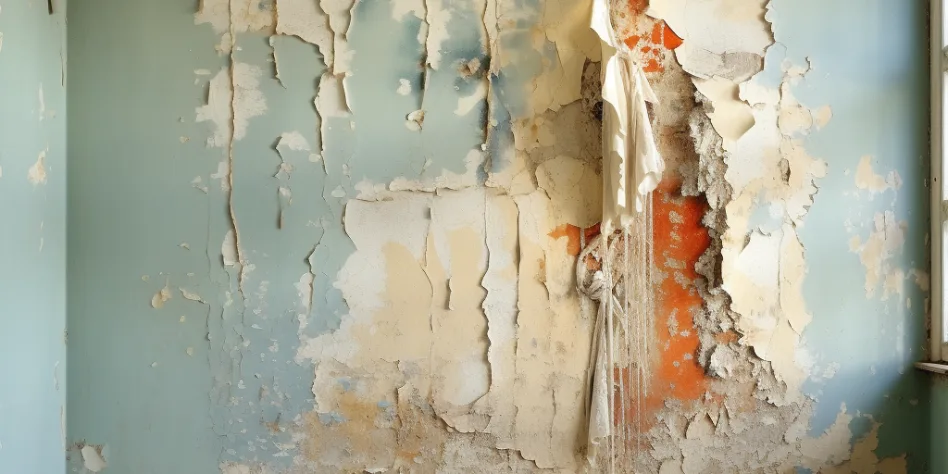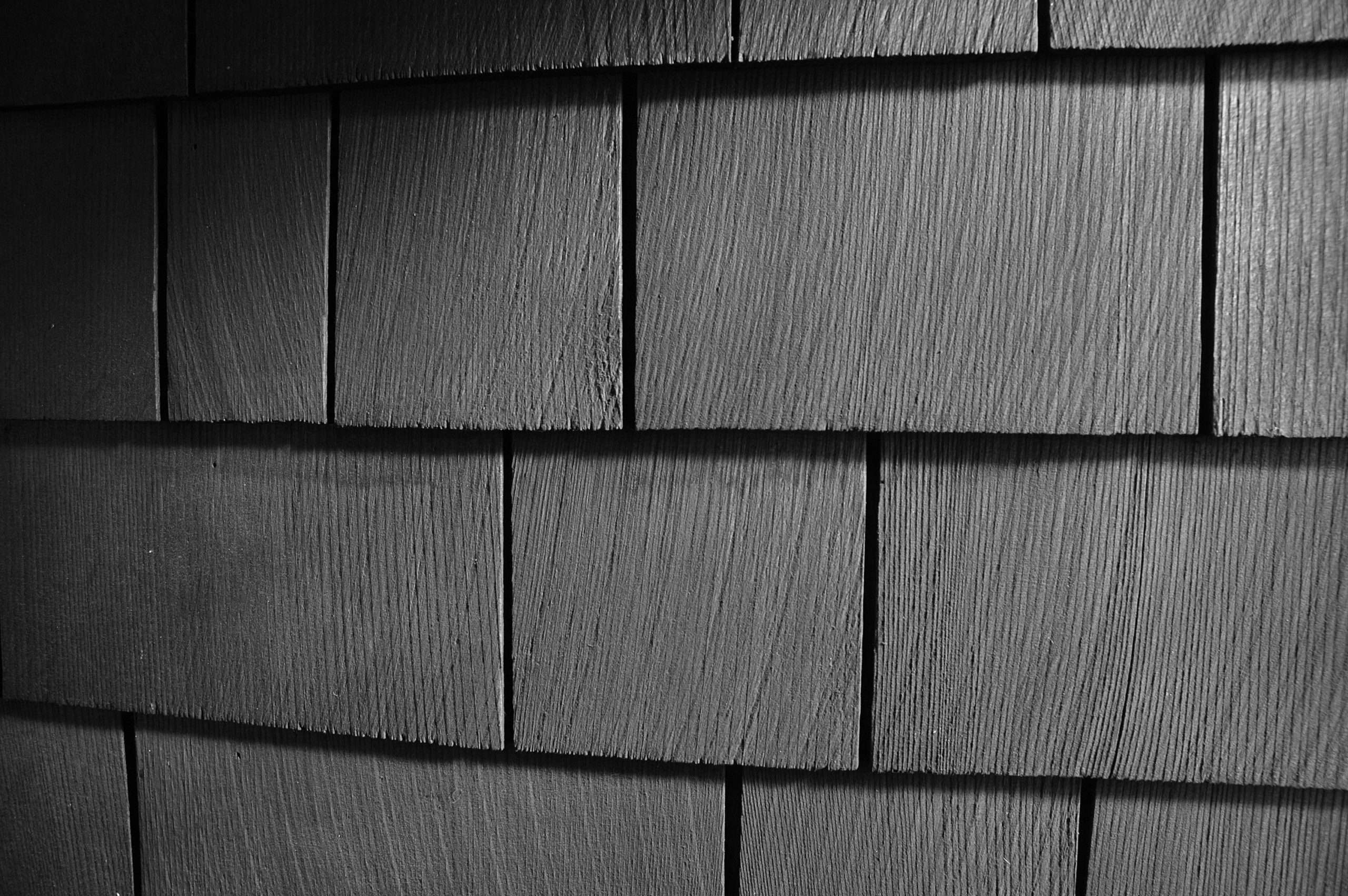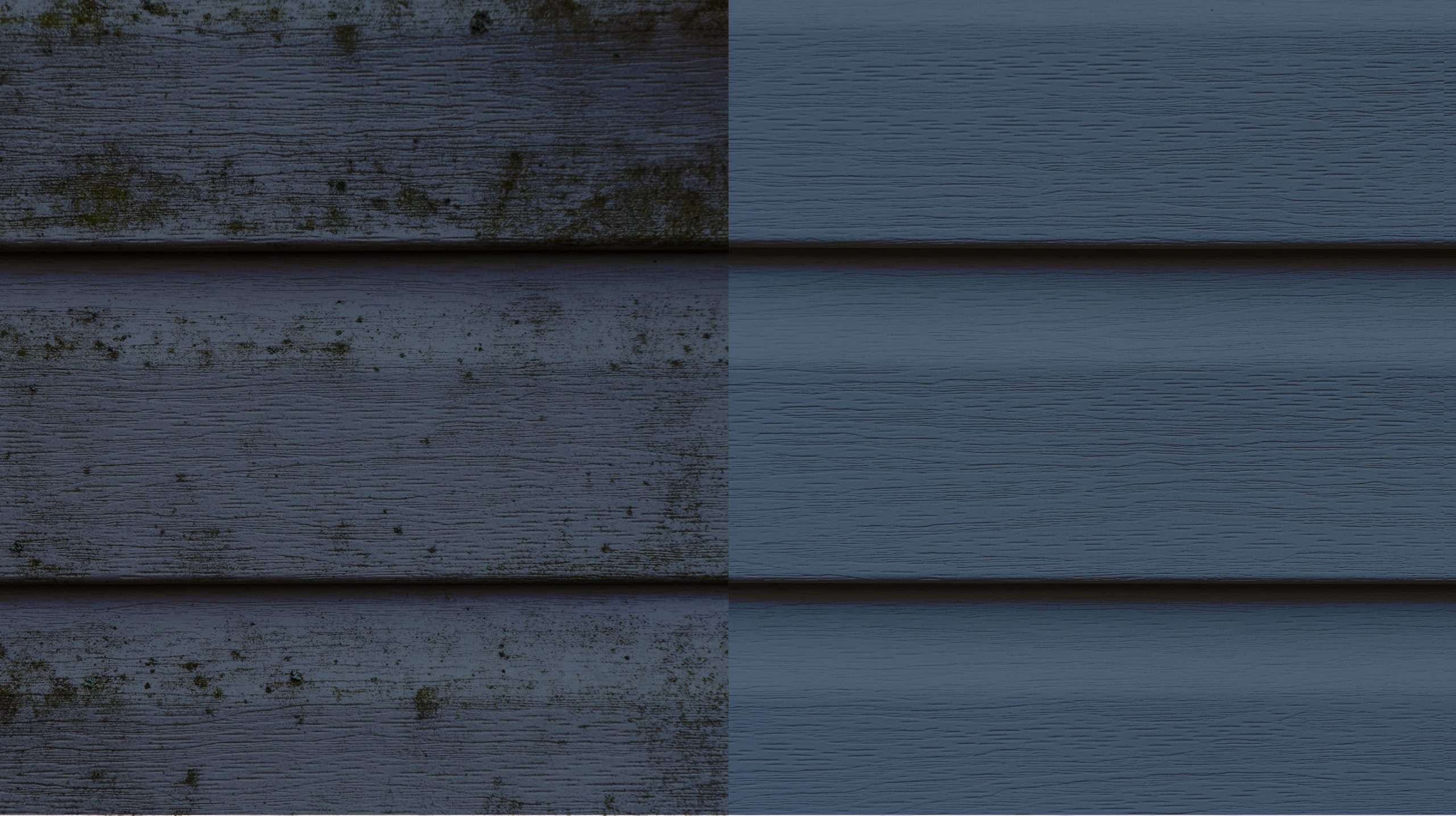Up until the late 1970s, there was a hidden killer living on your walls: lead paint. Once a common household material, it is now recognized as a significant health hazard, particularly in older homes and buildings.
Lead paint was used all over the world, but as the dangers of lead exposure became widely understood, bans on lead-based paints in residential properties followed.
Understanding the risks associated with lead paint and how to identify it is crucial for homeowners, especially those living in or renovating older properties.
Table of Contents
- The Dangers of Lead Paint
- Identifying Lead Paint
- Dealing with Lead Paint
- Preventing Lead Poisoning
- Conclusion
The Dangers of Lead Paint
Lead paint poses a serious health risk, especially to children and pregnant women. Lead is a toxic metal that can cause a range of health issues, including:
- Even low levels of lead exposure can affect a child’s brain development, leading to reduced IQ, learning disabilities, and behavioral problems.
- In adults, lead exposure can lead to high blood pressure, kidney damage, and reproductive problems.
- Long-term exposure to lead can have cumulative health effects, making early detection and remediation crucial.
Identifying Lead Paint
Identifying lead paint in your home involves a few key steps:
- Consider the age of your home. Homes that were built before 1980, have a higher chance of lead paint.
- Examine the paint. Lead paint often cracks and chips in a distinct pattern known as “alligatoring.” It may also feel thicker and more durable than modern paints.
- Use a lead test kit. Lead test kits are available at hardware stores and can detect the presence of lead in paint.
- Hire a professional. For a more comprehensive assessment, especially if you’re planning renovations, hiring a professional who specializes in lead paint detection and removal is recommended.
Dealing with Lead Paint
If you discover lead paint in your home, it's important to handle it correctly:
- Do NOT disturb the paint. Do not chip, sand, or proceed to remove the paint on your own.
- If removal of the lead paint is necessary, it should be done by certified professionals who have the tools and expertise to do the job safely.
- If you are renovating an older home, take precautions to minimize lead dust exposure, such as using protective gear and ensuring thorough cleanup.
Preventing Lead Poisoning
Identifying and managing lead paint responsibly is essential for protecting the health of your family. Awareness, testing, and professional guidance are key to dealing with lead paint in the safest way possible.
To minimize the risk of lead poisoning, especially in homes with known or suspected lead paint, consider the following:
- Regularly clean floors, window frames, and other surfaces to reduce lead dust accumulation.
- Ensure children do not play in areas with peeling or chipping paint.
- Regular blood tests for lead are recommended for children living in older homes.
Conclusion
Rogall + Co. is a licensed lead remediation contractor. Our experts are able to identify lead paint, and develop a strategy with you for its removal or containment. Contact us today to learn more & safeguard your home from the lethal metal mixture of the past!











